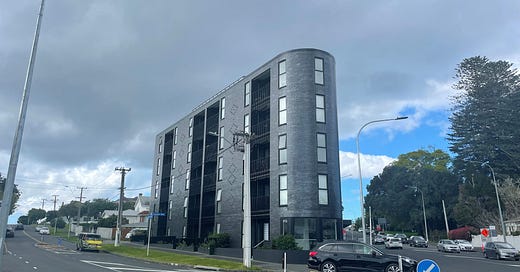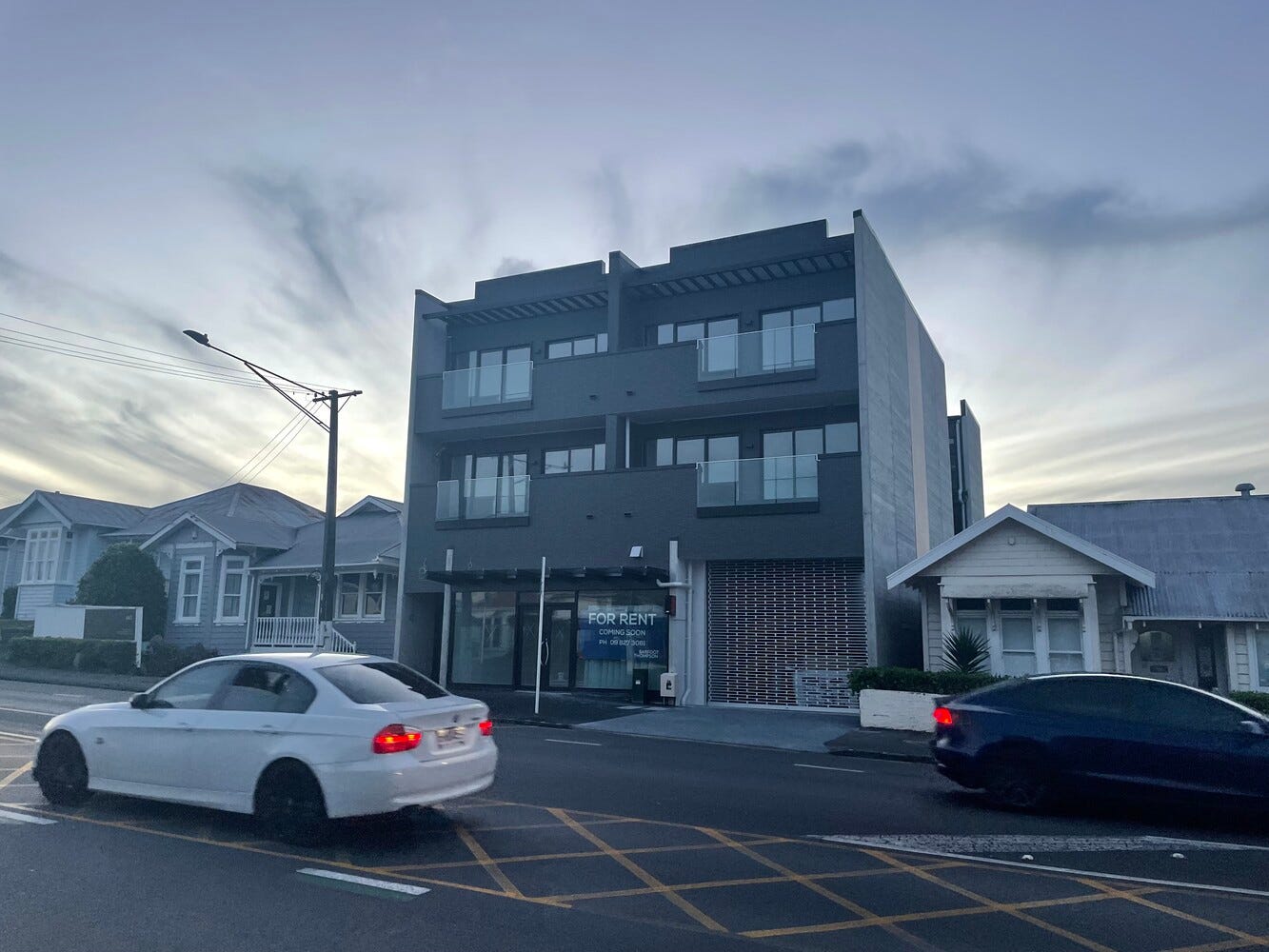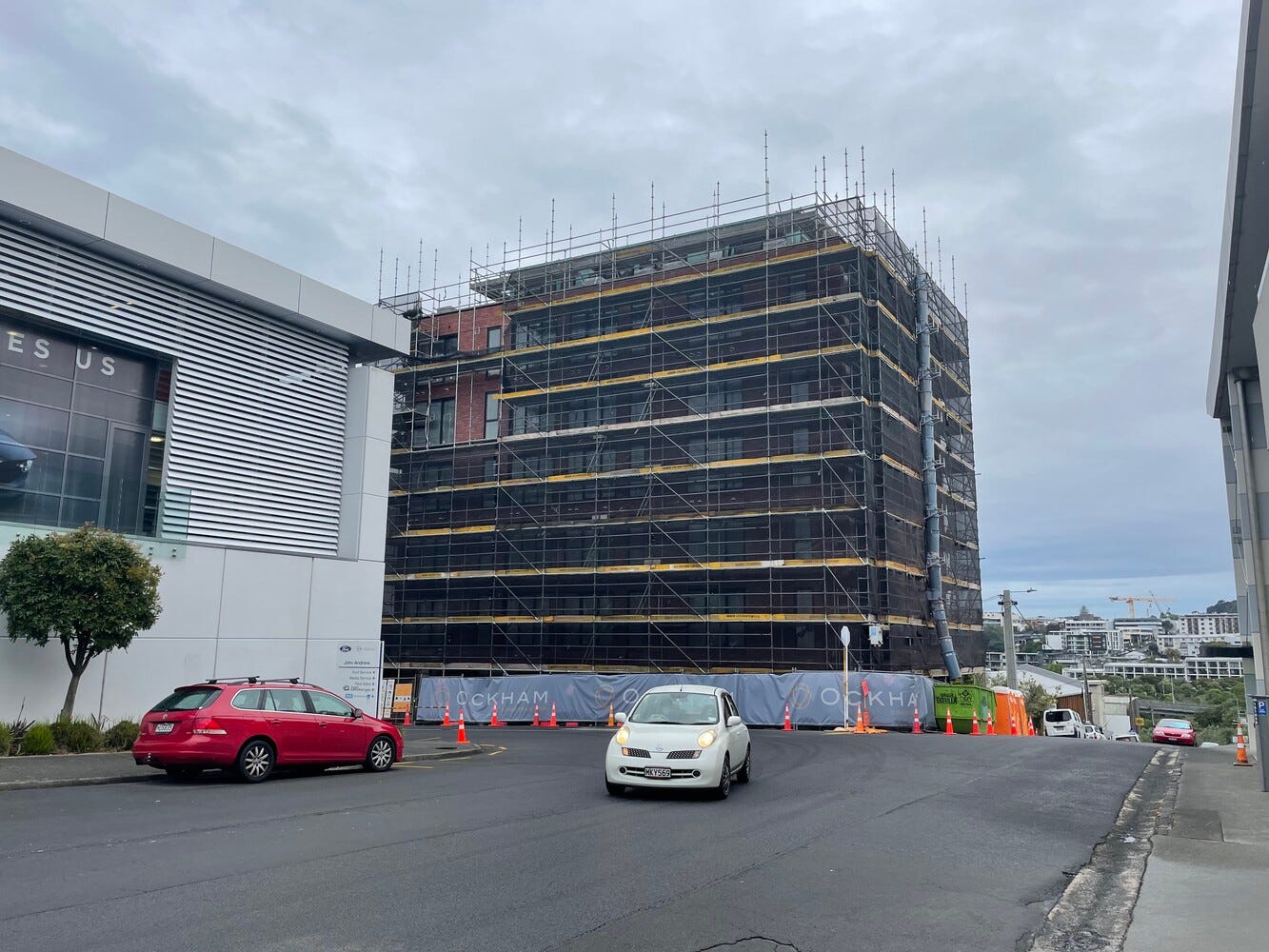Why we need to find settings to make Build to Rent work
This was originally published on the 4th of November 2021 on LinkedIn.
Yesterday I saw a strongly negative response across social media to an article titled “I may be forced to sell 85 Auckland Rentals’: Ockham Boss”.
Ignoring the headline intended to encourage outrage, there is a topic within the article that needs further discussion. This is the emerging housing model of ‘Build to Rent’.
Built to Rent is where property investors, in a corporate function, build a new housing development with the purpose of renting not selling the units. Generally, this is in multi-unit housing typologies such as apartment blocks.
This creates new housing supply, which is good as we currently face a shortage of housing. There is no silver bullet to addressing the housing crisis, which is more complex than simply demand and supply. However, I believe Built to Rent could have a role to play in addressing the overall housing supply and improving the quality of rental options.
We need capital to invest in building new housing supply
In Auckland alone, we have at least a 40,000 home shortfall. We need to build more housing. To address the housing crisis from a supply-side we need capital invested in building more homes. Investment in new housing is good for multiple reasons.
Investors are actually creating something new. Currently, many investors buy an existing property to rent out. This is a problem as it does not create new supply.
In buying existing properties, landlords have less incentive to go beyond ensuring the minimum standards. Especially because there is such an extreme shortage that tenants are willing to put up with sub-par outcomes as there is little alternative in the market. Whereas new builds are generally of higher standards in terms of insulation, heating etc.
For many particularly older homes, the land is worth many times more what the house and other improvements are. Therefore, there is little incentive to make improvements as it makes little difference to the capital value. It is likely that when the land value encourages the owner to sell, the purchaser will be buying to develop, rather than maintain.
This is still close to standard property investment but with a slightly more positive outcome through increased supply and new housing built to the latest standards. Build to Rent goes further by holding multi-unit housing developments under common ownership which comes with many benefits.
What are the benefits of Build to Rent?
The government policy aims to increase house supply and home ownership. However, there will always be a portion of the market that does not want to own their own home, or cannot yet afford the deposit, who instead want a safe, warm place to live that is reasonably priced. Build to Rent can offer better quality rentals for many reasons.
They are new builds, built to the latest standards and sometimes above. Therefore making them healthier to live in and cheaper to operate for the tenants with lower heating bills for example.
There is one landlord who has an interest in maintaining the building as a whole. This can avoid the mess of body corporates which renters are often shut out of completely and owners wanting to avoid increased body corporate rates put off maintenance and improvements.
The model generally supports housing models built around shared communal facilities, vehicles and extra investment in sustainability.
Single ownership over a long period offers greater security. A BRANZ report found that of Auckland tenants who had moved in the two years to 2018, 36% had to move due to the house being sold. Build to Rent can allow greater security of tenure.
It is the only way we will get housing in certain prime locations
A second reason why Build to Rent is important is due to existing land holdings in locations where we want housing. Two examples of this are in New Lynn and at Sylvia Park, where Kiwi Property own the mall in both locations. Kiwi Property has announced a Built to Rent development in both of those locations but why Built to Rent?
Their investment model is built around retaining the landholding and making continual improvements. Therefore, Build to Rent, is the only likely option in which housing will be located on the site. They could sell apartments under a leasehold but these are not popular with owner-occupiers and will most likely just create a divided investor base with added complications such as divided body corporates.
Housing in these locations supports low carbon living and more housing choice, because:
They are close to rapid transit (and other public transport)
They are close to jobs, amenities, shops and social/entertainment opportunities
These allow for residents to access day to day needs locally and likely on foot with wider regional connections easily accessible due to proximity to public transport.
A new Build to Rent development on Dominion Road
Incentivising Build to Rent
So, there are many possible benefits to Build to Rent but how should we incentivise it?
Working within the current economic and political system, a reasonable step is to use the tax system to disincentivise buying an existing property. Instead, we should encourage those who want to invest in housing to do so in new builds to increase supply.
The government have recognised this and are removing mortgage interest deductions on residential investment property acquired on or after 27 March 2021, effective from 1 October 2021 with a phasing out period of four years for properties acquired prior to 27 March 2021. However, property development and new builds would be exempt, to encourage the investment market to shift into new supply.
The issue flagged in the NZ Herald article, is that Ockham’s existing Build to Rent units will not qualify. This means that Ockham will now have to pay interest on those developments, increasing costs and potentially making them unviable to continue under the Built to Rent model or leading to increased rents.
Now, obviously, the investors of Ockham are not going to go hungry because of this. However, it does seem counterproductive to sink successful examples of a housing model that the government has said they are aiming to support. Thinking at a lower scale, this is a poor outcome for the existing tenants who have moved in, expecting security of tenure under the Built to Rent model, only for a change in government policy to end this.
Ockham's latest Build to Rent development of 33 apartments (0 carparks) just off Great North Rd is nearing completion.
How do we make the most of BTR?
There is a risk with encouraging corporate ownership that we further commodify housing (if that is even possible in NZ’s insane property market). This was realised recently in Berlin, where a public referendum endorsed expropriating properties owned by large corporate landlords (those who own more than 3000 units). Build to Rent was also discussed recently in an Urban Design Forum webinar and I encourage you to check it out.
In terms of addressing supply, I believe Build to Rent can play a role and we should ensure our policies support and encourage this. Ensuring quality outcomes in the longer-term needs to be part of the wider rental laws reform, as the system currently favours landlords and restricts tenants' ability to make changes and improvements. Rental reform should aim to force out investors who do not take maintaining rentals and their duty of care to tenants seriously. Those who remain will be those who take seriously delivering high-quality rental options and respect tenants rights.





